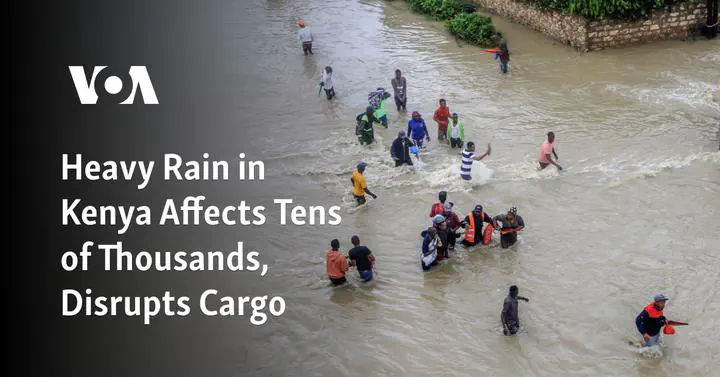Application of Extreme Value Theory in Predicting Climate Change Induced Extreme Rainfall in Kenya
 Image credit: VOA
Image credit: VOAAbstract
Climate change has brought about unprecedented new weather patterns, one of which is changes in extreme rainfall. In Kenya, heavy rains and severe flash floods have left people dead and displaced hundreds from their settlements. To build a resilient society and achieve sustainable development, it is paramount that adequate inferences about extreme rainfall be made. To this end, this research modelled and predicted extreme rainfall events in Kenya using Extreme Value Theory for rainfall data from 1901-2016. Maximum Likelihood Estimation was used to estimate the model parameters and the block maxima approach was used to fit the Generalized Extreme Value Distribution (GEVD) while the Peak Over Threshold method was used to fit the Generalized Pareto Distribution (GPD). The Gumbel distribution was found to be the optimal model from the GEVD while the Exponential distribution gave the optimal model over the threshold value. Furthermore, predictions for the return periods of 10, 20, 50 and 100 years were made using the return level estimates and their corresponding confidence intervals were presented. It was found that an increase in return periods leads to a corresponding increase in return levels. However, the GPD gave higher return levels for 10 and 20 years compared to GEVD. While, for higher return periods of 50 and 100 years, the GEVD gave higher return levels compared to the GPD. Model diagnostics using probability, density, quantile and return level plots indicated that the models provided were a good fit for the data.